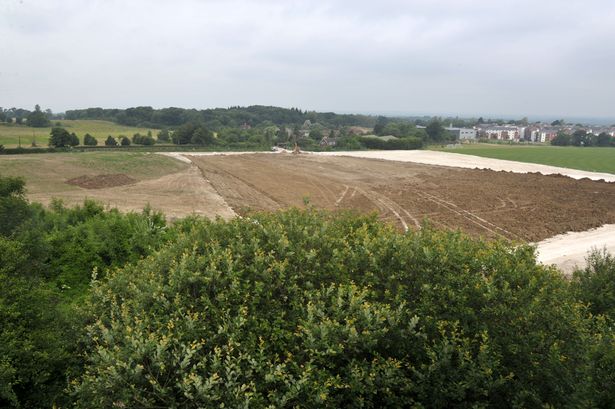460,000 houses being planned for land that will be released from the Green Belt, while the percentage of ‘affordable’ homes built continues to fall The Green Belt remains under severe pressure, despite government commitments to its protection, according to a new report from the Campaign to Protect Rural England (CPRE). CPRE’s annual State of the Green Belt report highlights that there are currently 460,000 homes being planned to be built on land that will soon be released from the Green Belt. Moving Green Belt boundaries when reviewing local plans makes it easier for local authorities to release land for housing, but is only supposed to take place under ‘exceptional circumstances’. This strategic shrinking of the Green Belt, as a way of getting around its protected status, is as harmful as building on the Green Belt itself. The report also demonstrates that building on the Green Belt is not solving the affordable housing crisis, and will not do so. Last year 72% of homes built on greenfield land within the Green Belt were unaffordable by the government’s definition. Of the 460,000 homes that are planned to be built on land that will be released from the Green Belt, the percentage of unaffordable homes will increase to 78%. CPRE warns that this release of land looks set to continue, as one third of local authorities with Green Belt land will find themselves with an increase in housing targets, due to a new method for calculating housing demand. The London (Metropolitan) Green Belt will be the biggest casualty. Tom Fyans, Director of Campaigns and Policy at the Campaign to Protect Rural England, said: ‘We are being sold a lie by many developers. As they sell off and gobble up the Green Belt to build low density, unaffordable housing, young families go on struggling to afford a place to live. The affordable housing crisis must be addressed with increasing urgency, while acknowledging that far from providing the solution, building on the Green Belt only serves to entrench the issue. ‘The government is failing in its commitment to protect the Green Belt – it is being eroded at an alarming rate. But it is essential, if the Green Belt is to fulfil its main purposes and provide 30 million of us with access to the benefits of the countryside, that the redevelopment of brownfield land is prioritised, and Green Belt protection strengthened.’ There is currently enough brownfield land in England to accommodate more than 1 million homes. CPRE urges the government and local authorities to ensure that this is redeveloped before any more greenfield land is released from the Green Belt. Local authorities with Green Belt land have enough brownfield land for over 720,000 homes, the report finds, much of which is in areas with a high need for housing and existing infrastructure. In addition to a push for a genuine ‘brownfield first’ approach to development, CPRE are also calling on the government to: retain its commitment to protect the Green Belt by establishing long-term boundaries halt speculative development in the Green Belt develop clear guidance for local authorities on housing requirements to protect designated land support the creation of new Green Belts where local authorities have established a clear need for them






